Physics Lab Work: Analysis of Resistors and Circuit Behavior
VerifiedAdded on 2020/05/16
|21
|1576
|140
Practical Assignment
AI Summary
This physics lab report encompasses a comprehensive analysis of resistors and circuits, including practical experiments and theoretical calculations. The lab work begins with an examination of resistor color codes, comparing expected and measured resistance values, and identifying potential discrepancies. It then delves into pre-lab work, focusing on the application of resistors in X-ray technology and circuit analysis using series and parallel combinations. The report further explores circuit calculations, including voltage and resistance in various configurations, and examines the behavior of triangular elements in circuits. The analysis includes both theoretical predictions and experimental measurements, with a focus on understanding the relationship between voltage, resistance, and current in different circuit setups. The report also addresses methods for ensuring accurate measurements and troubleshooting common issues in circuit analysis. This assignment provides a detailed exploration of fundamental concepts in electrical circuits and their practical applications.
1 out of 21
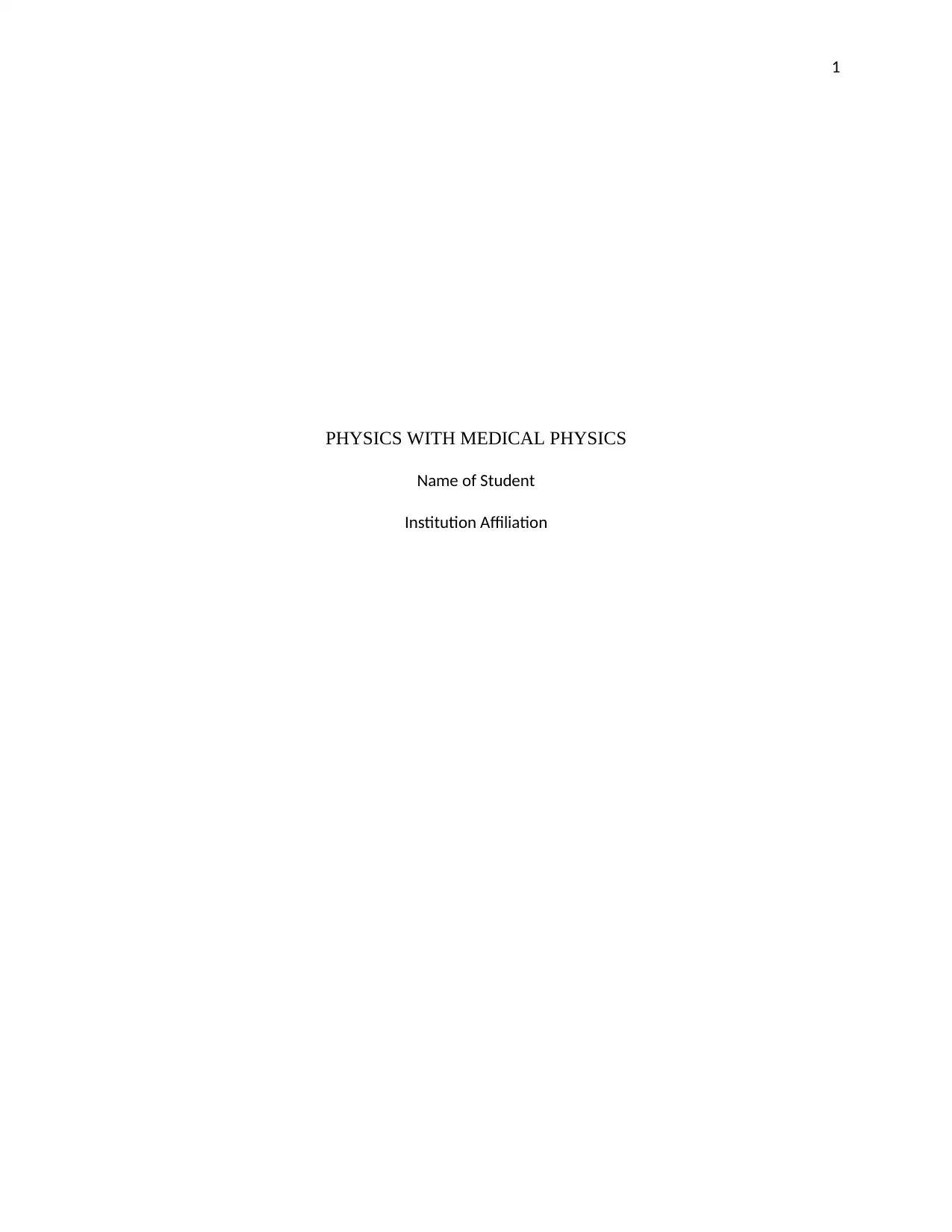
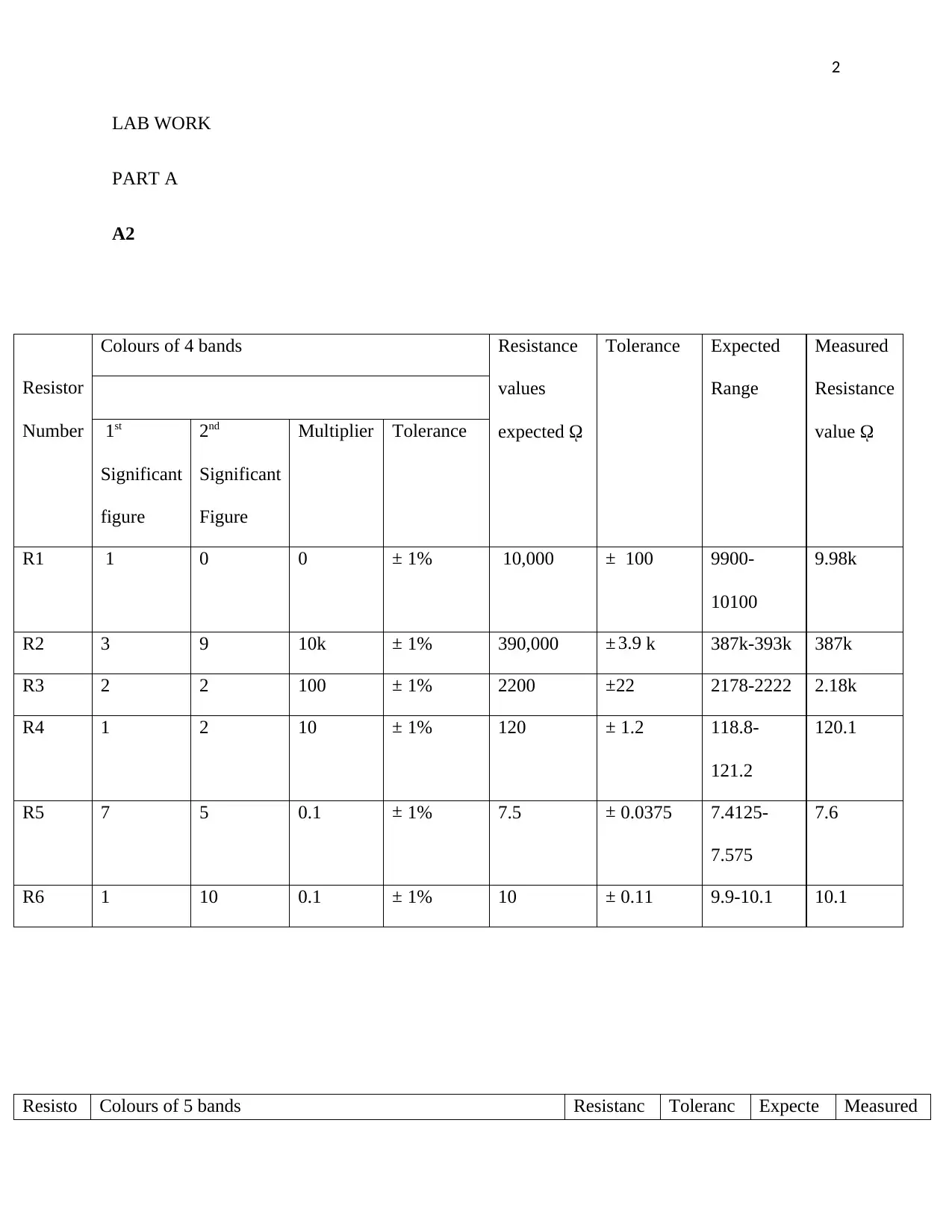
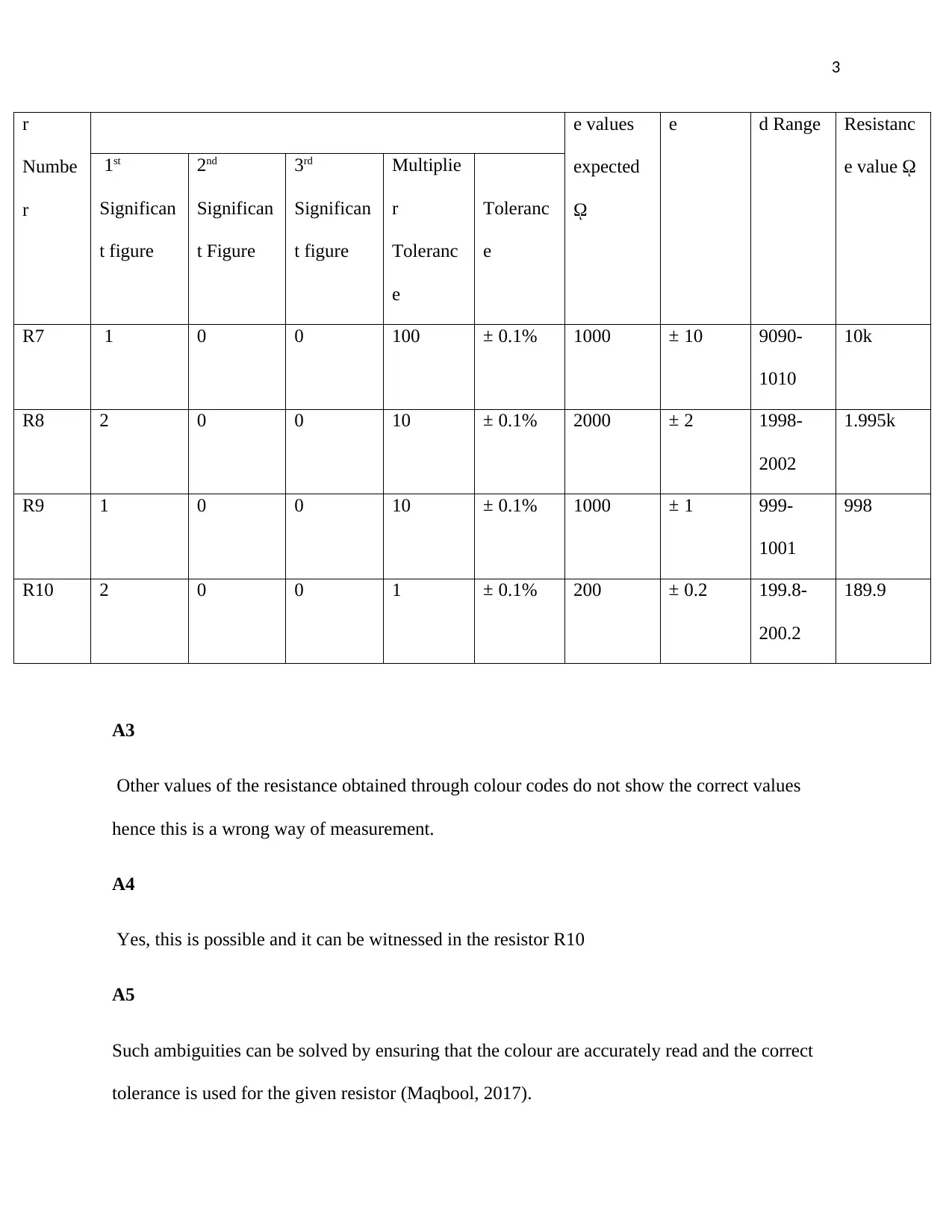

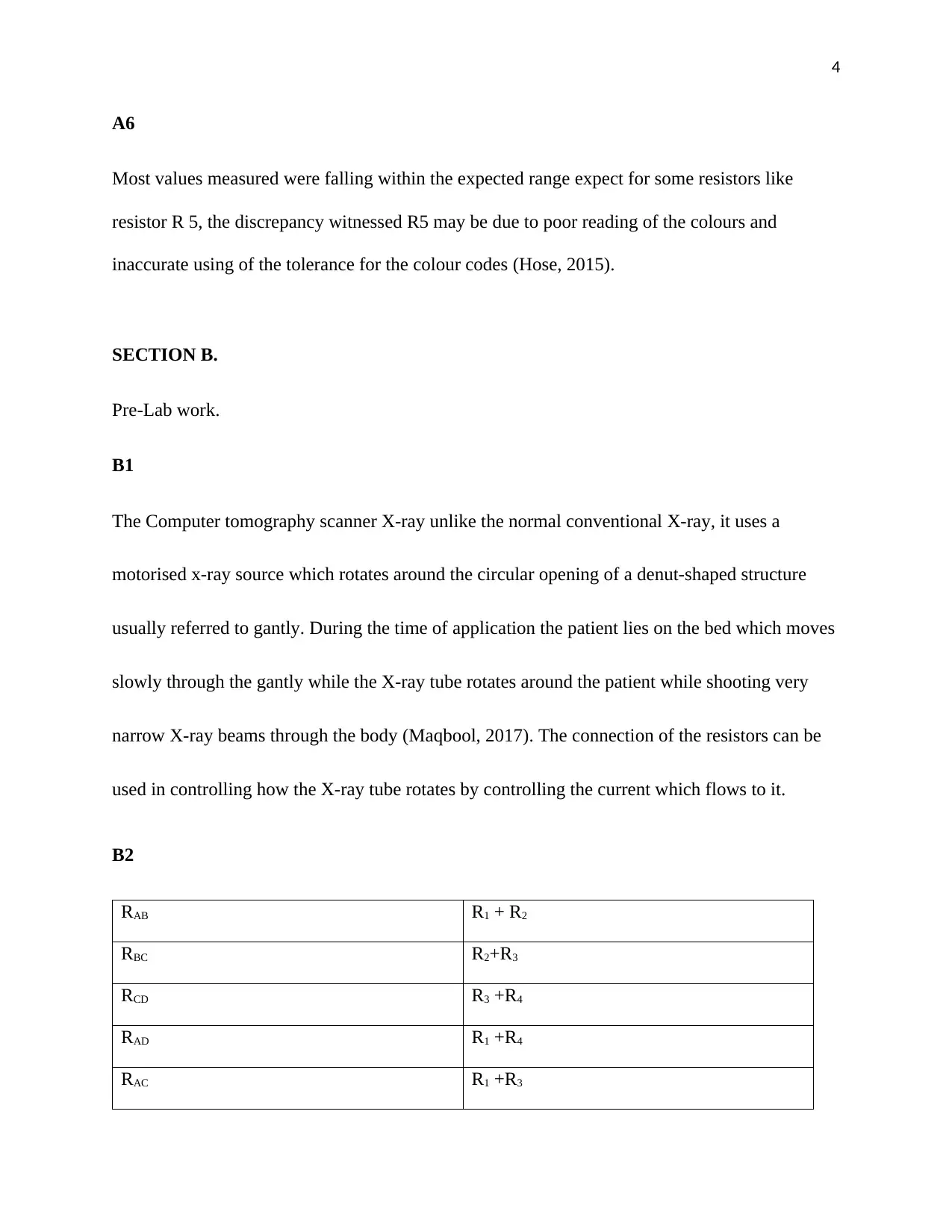
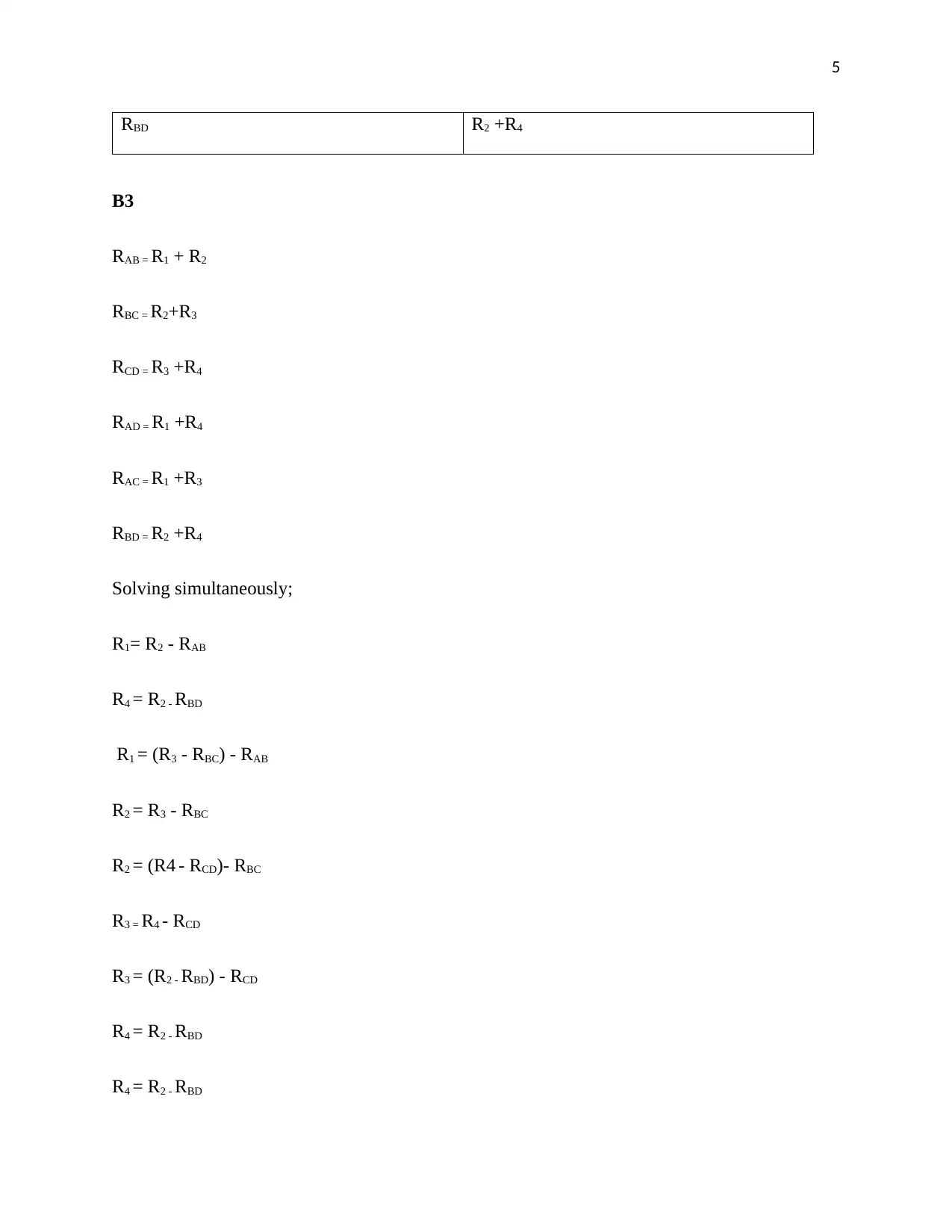
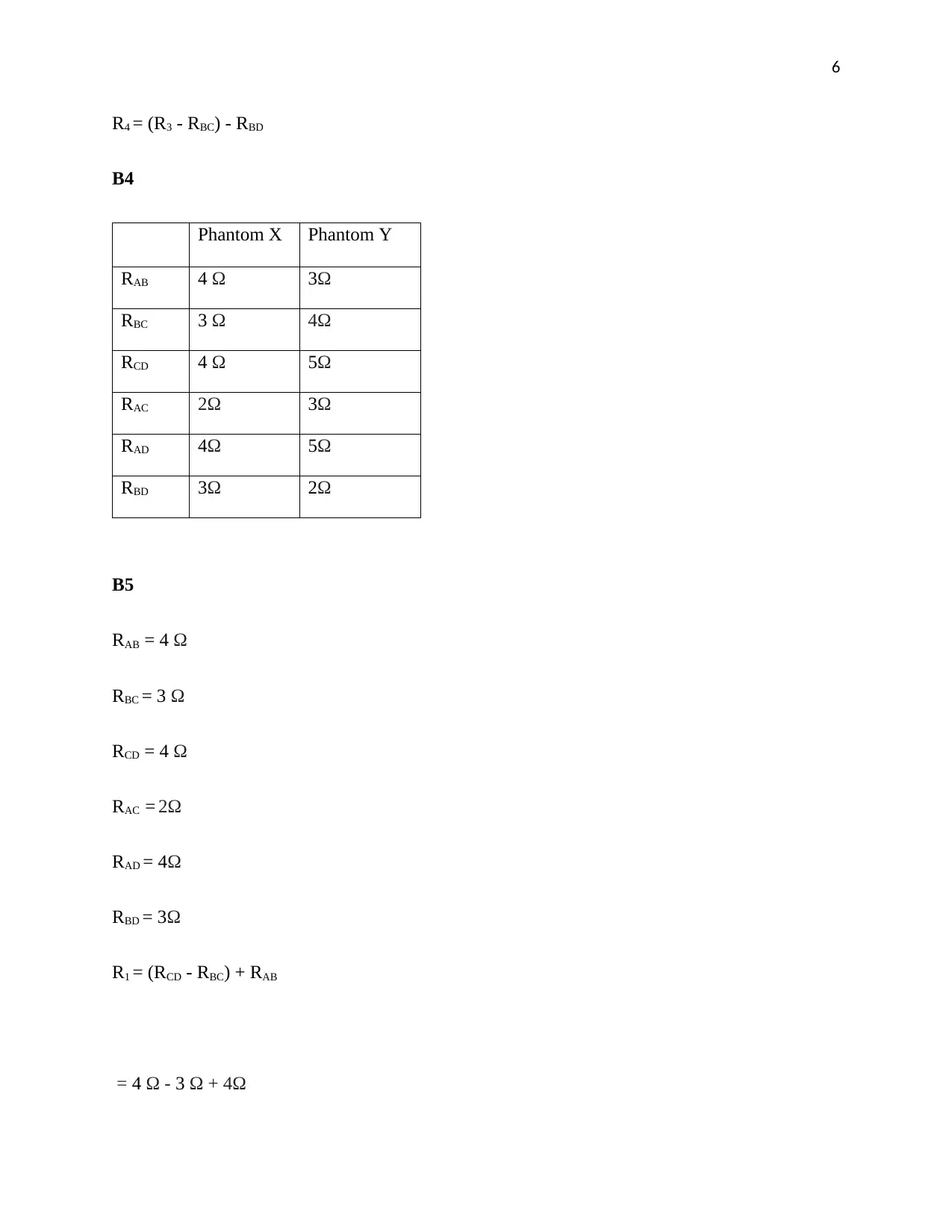
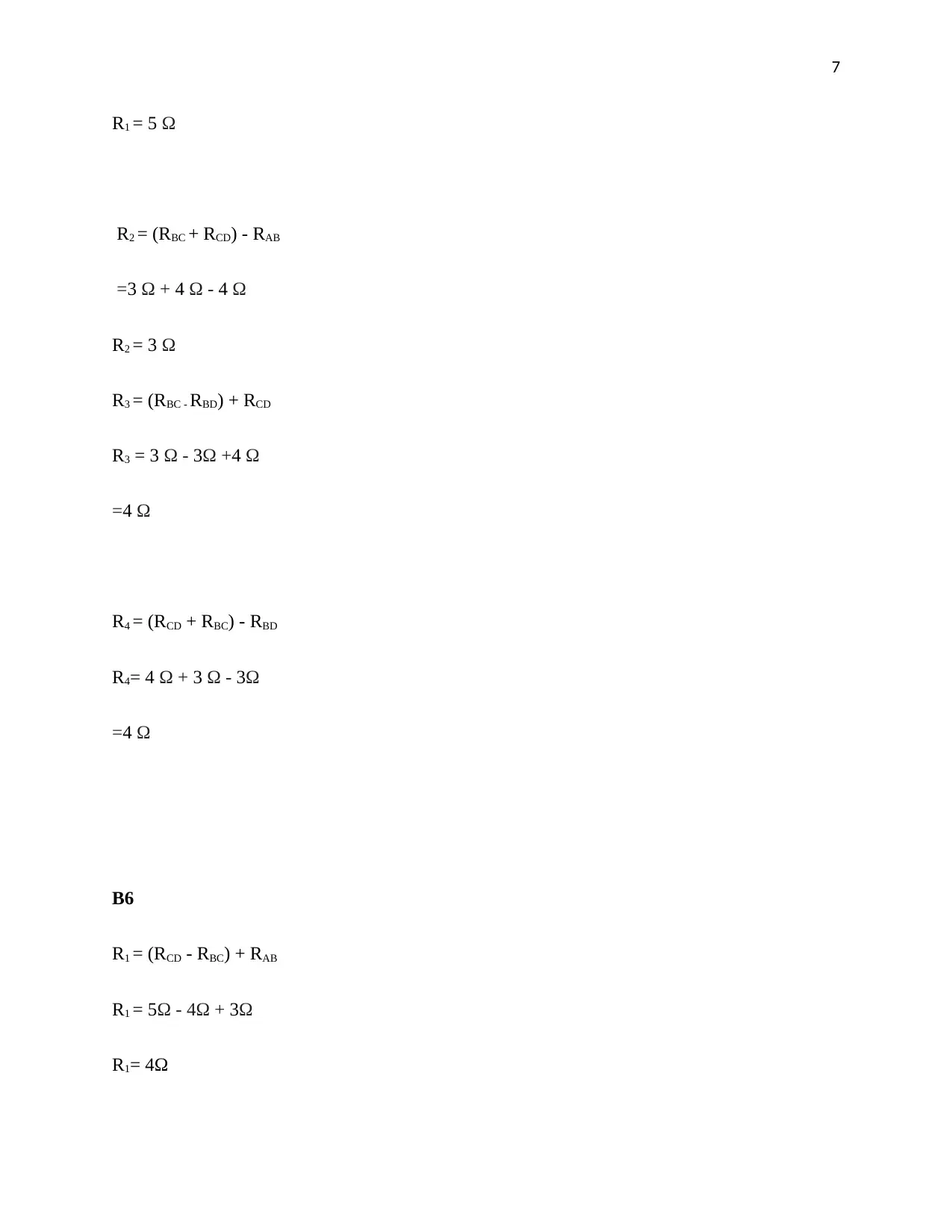
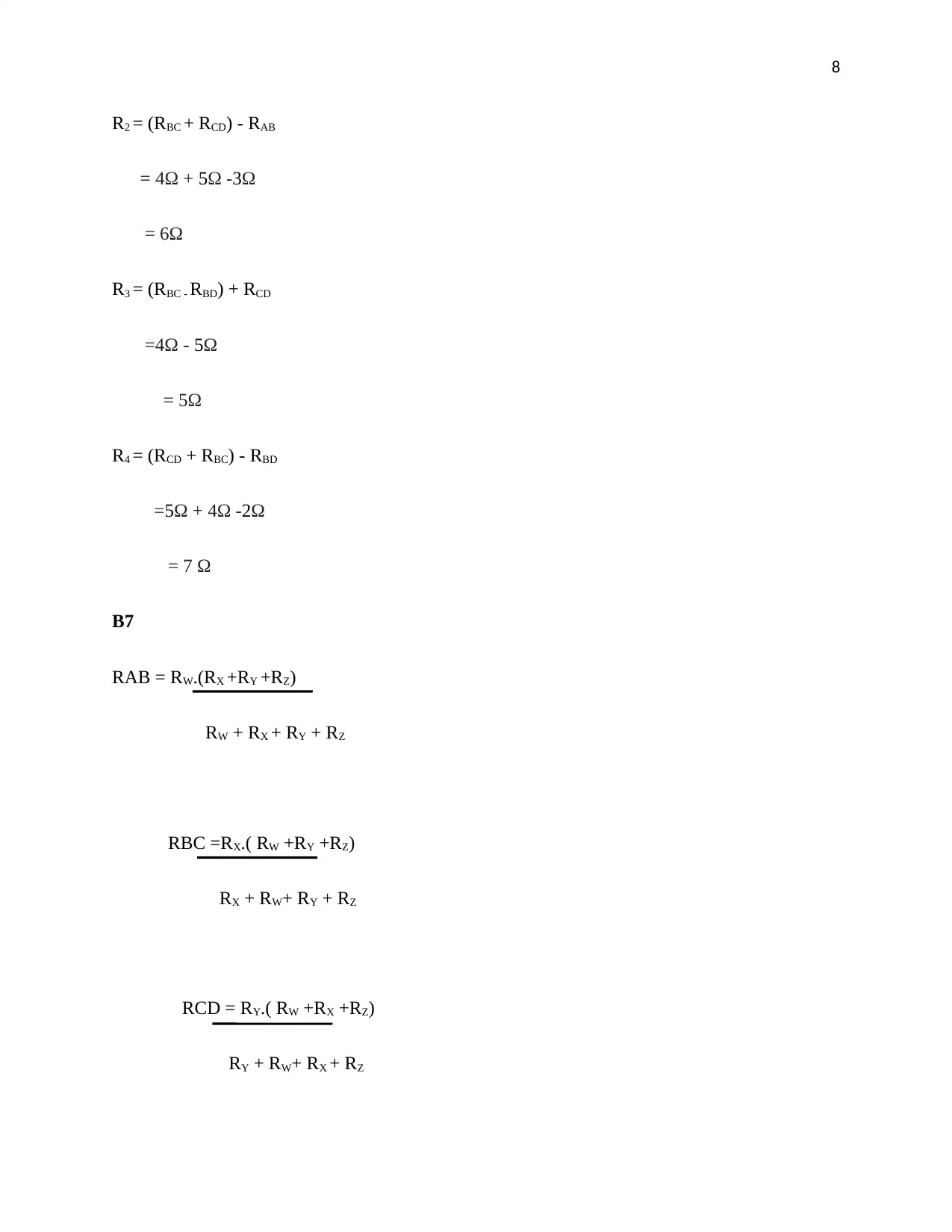
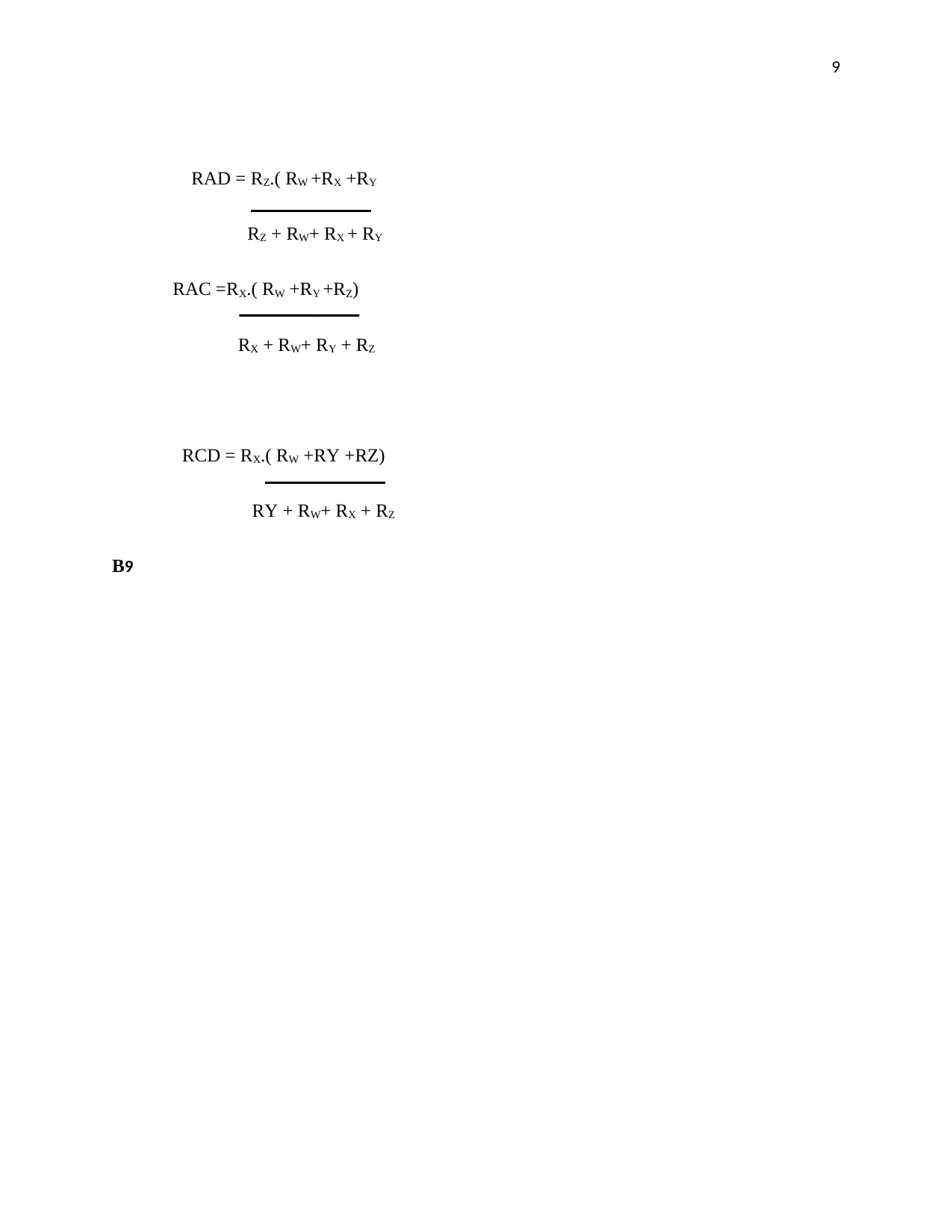
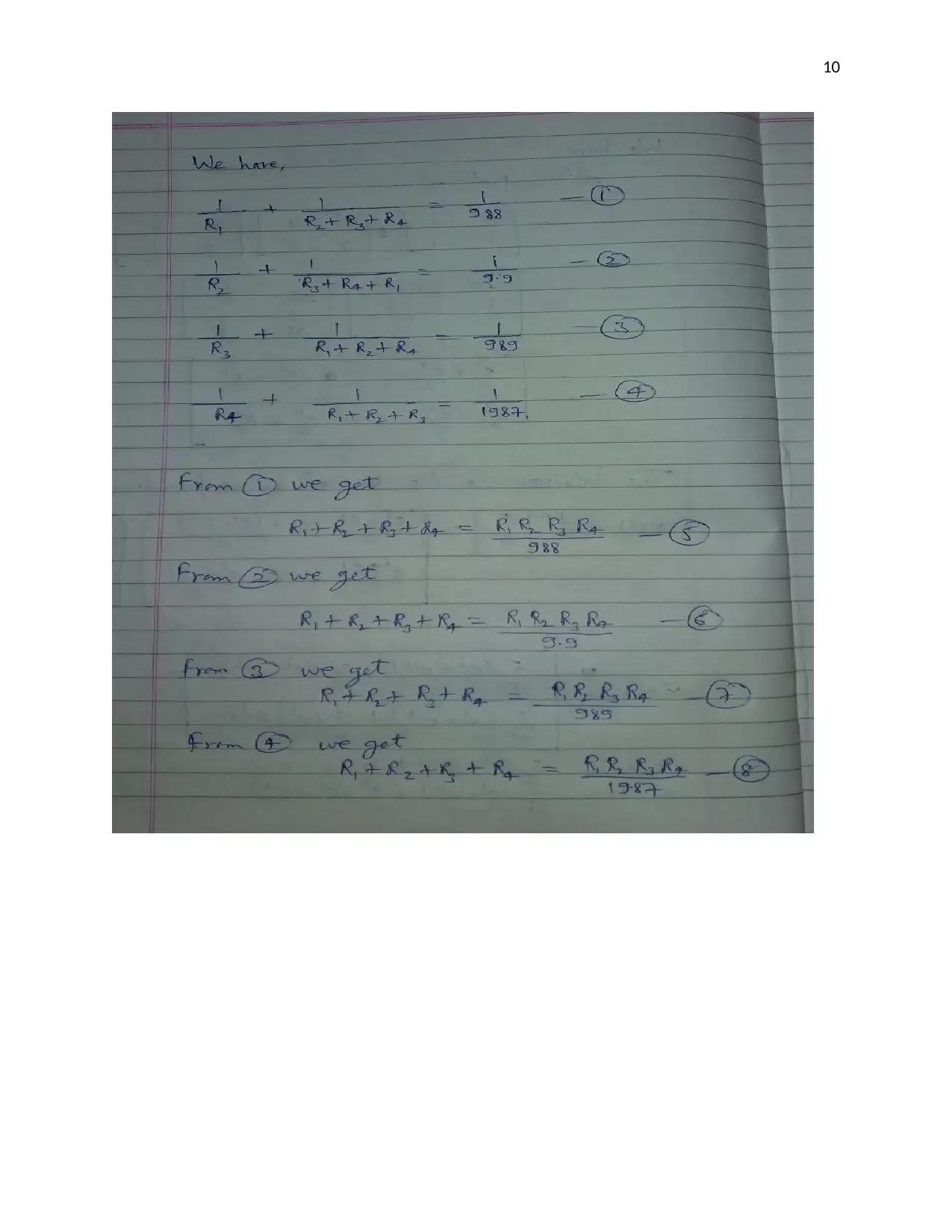
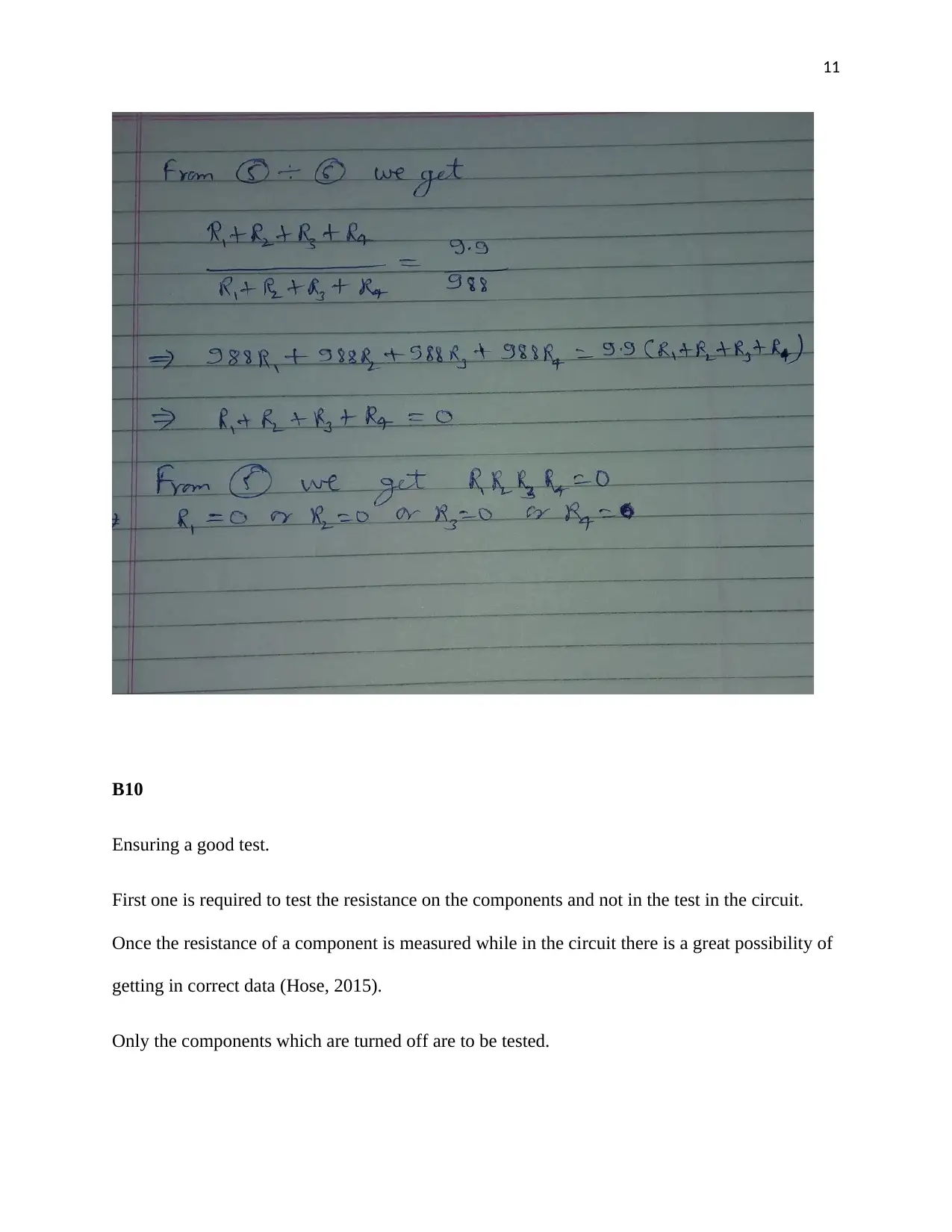
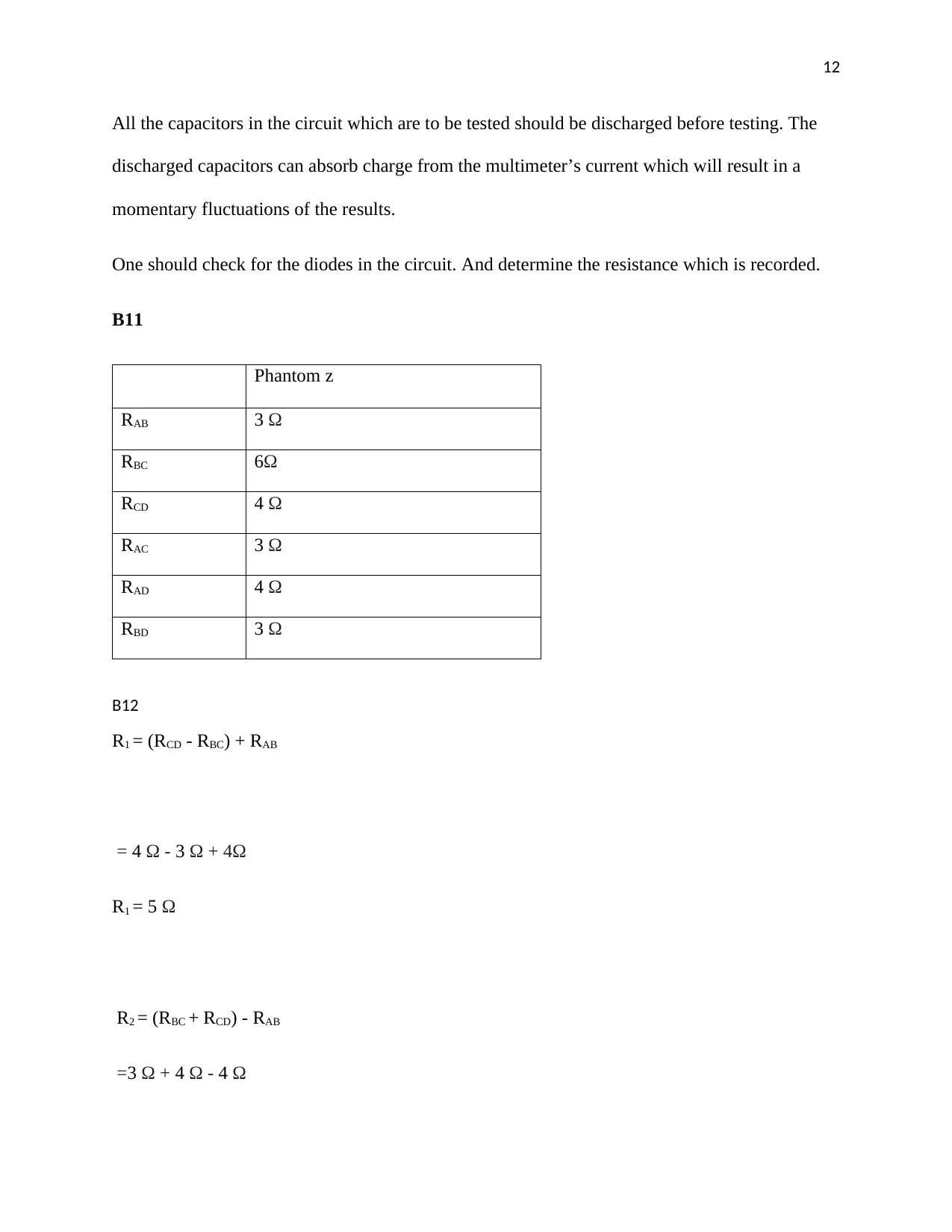
![[object Object]](/_next/static/media/star-bottom.7253800d.svg)